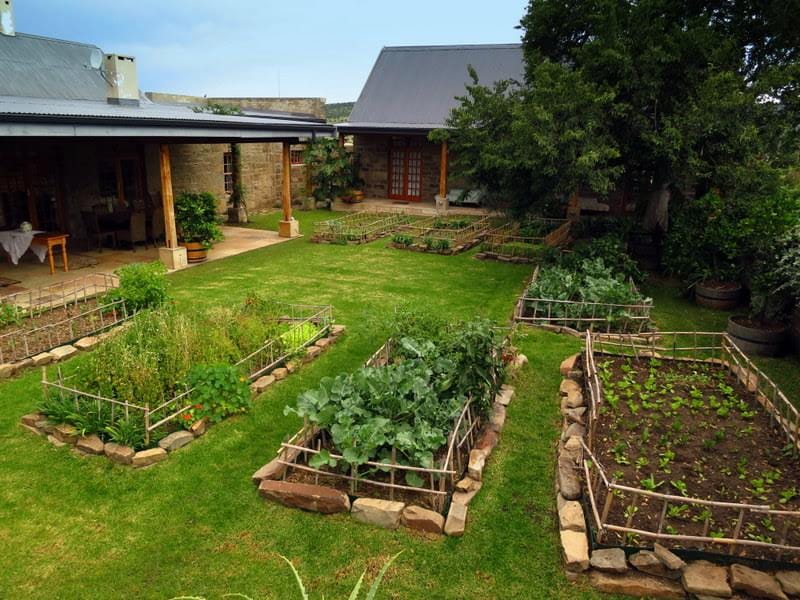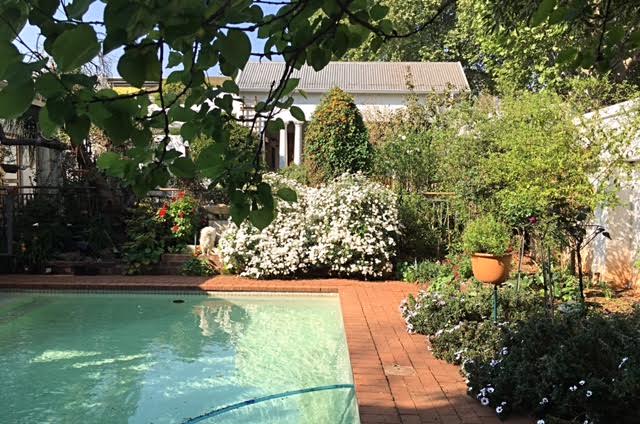MELVILLE NEWS in any guise wouldn’t be the same without Jane Griffiths on board. Here she tells how to convert lawn into an (almost) instant edible garden.
Setting up a vegetable garden can be a daunting prospect, especially if you have never gardened before or did not grow up in a gardening family. The following garden can be set up in one weekend and requires nothing more than willing hands and enthusiasm to get them dirty – and green.
When choosing a location for a vegetable garden we are looking for an area that receives at least 6- 8 hours of sunlight a day, ideally flat or on a slight slope. For most urbanites, this will mean an area with lawn growing on it. This is a good spot for a vegetable garden as grass is not a terrifically hungry feeder, meaning the soil below it will be relatively fertile. Also, when a lawn is mown and the blades of grass are cut, the below ground counterpart of the plant will balance out by sloughing off some roots. As a lawn is regularly mown, the roots are regularly dying back and being added to the soil, creating a humus rich environment.
Below are instructions to create a single raised bed. Even if you have space for more than this, rather start with one if you are a beginner gardener. Once you have learned to manage this one, then expand and add more.
You will need:
- Plenty of newspaper or cardboard.
- 1 cubic metre of growing medium.
- A raised bed frame or stones, bricks or logs to create an edge.
- Material to cover the pathway such as gravel, straw, pavers or bark chips.
- A selection of seasonal seedlings.
Method:
- Measure out an area roughly the size of a door, 1 metre x 2 metres. Add an additional 90cm on one side for a pathway.
- On the outside edge of the pathway, slice down with a spade, severing all the runners of grass leading into the area.
- Cover the whole area with layers of cardboard or newspaper, wetting the layers thoroughly as you go, until it is 1.5cm thick. The aim is to smother the grass, so you want to completely block the sunlight.
- Cover the pathway with weed cloth, and place the raised bed frame (or stones etc.) on top of the edges, holding the cloth in place.
- Cover the pathway with the path material.
- Fill the bed with container mix, watering it in well.
- Transplant the seedlings and mulch the surface well. Within a few weeks the newspaper or cardboard will have rotted away completely, letting the roots of your plants grow through it. As the grass underneath dies, it will add its nutrients and organic matter to the soil. As the plants grow, add organic matter to the surface of the beds, maintaining the nutrition levels. If any grass does pop up, pull it out immediately.





